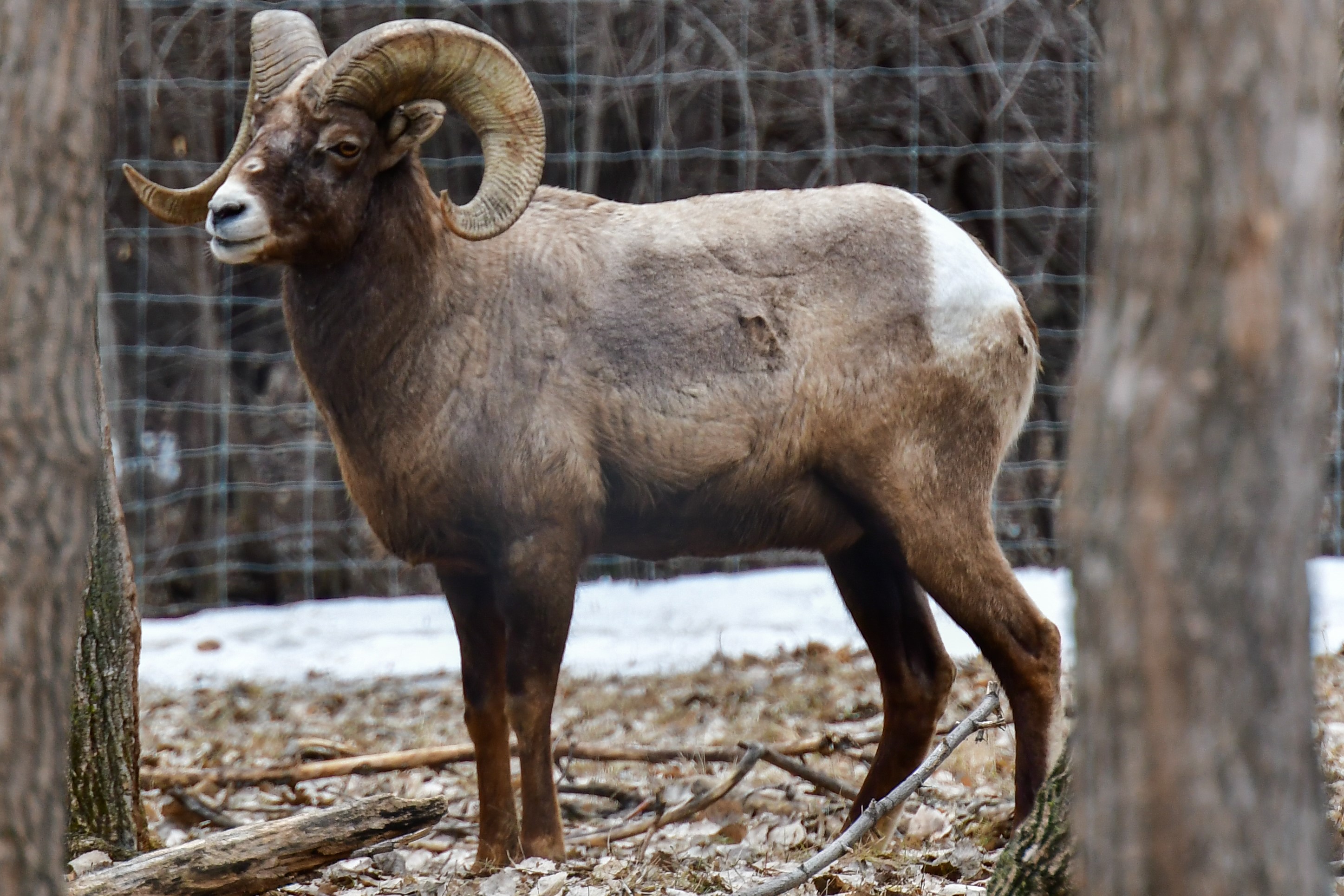* Threatened or Endangered

Bighorn Sheep *
: Ovis canadensis
: Mammal
: Rocky Mountains, from British Columbia to Arizona. They have also been introduced to the Badlands of North Dakota
: Grasses and shrubs
: Weight up to 300 lbs.
: Least Concern
• Once common across western North America where they numbered in the millions, their numbers were drastically reduced due to unregulated hunting, competition from domestic sheep, and disease.
• Thanks to proper management, they are making a comeback in many areas where they have been reintroduced.
• The impressive horns of the ram are well-known and are used to battle other males for breeding rights.
• These agile animals are well adapted for scrambling up and down mountains to elude predators and find food.
• Bighorn Sheep are considered good indicators of land health due to the species’ sensitivity to human-caused problems. If sheep are thriving in an area, the overall health of the land is good.
• The land near Theodore Roosevelt National Park in western North Dakota is a good place to see these animals in the wild.
Respect native wildlife by remembering that…it’s wild! When enjoying native land where wildlife lives, always be aware, be safe, and leave no trace. Never approach, taunt, or feed wildlife. Interacting with them can be dangerous to you and to them. Instead, enjoy their beauty and their ecosystem without disturbing them. To learn more, follow these links:
gf.nd.gov/wildlife/orphaned
www.nationalparks.org/connect/blog/tips-safely-visiting-national-parks
